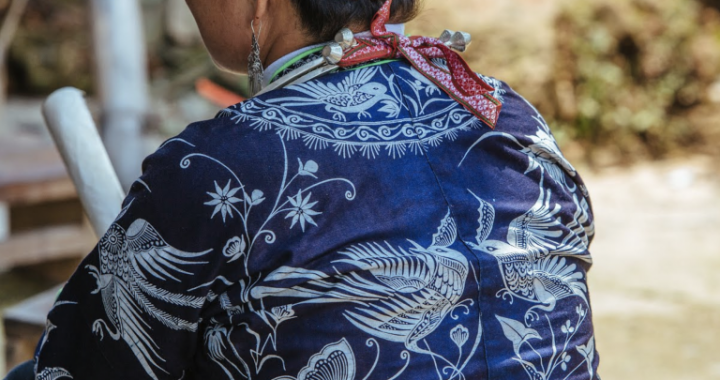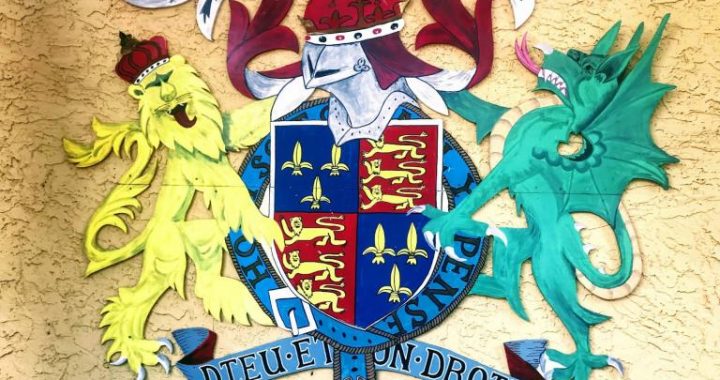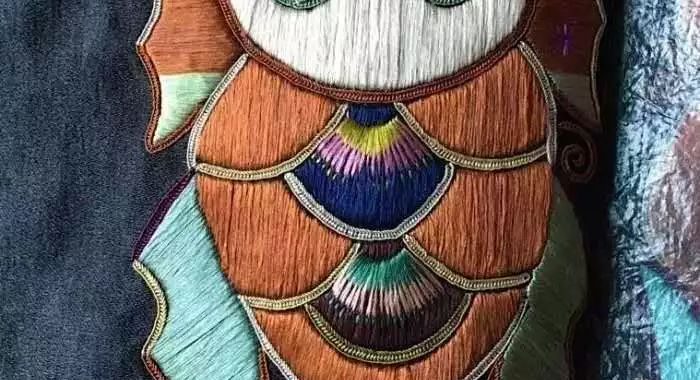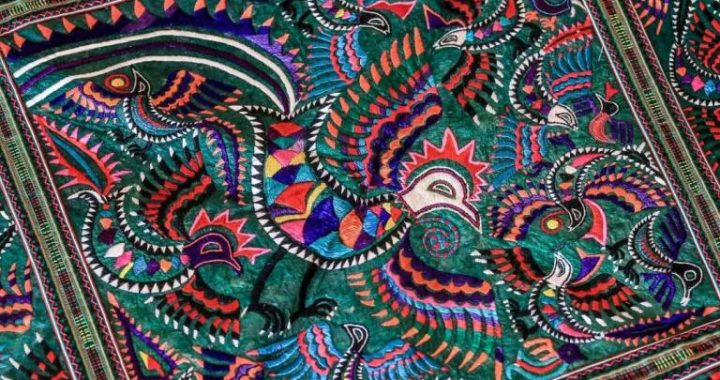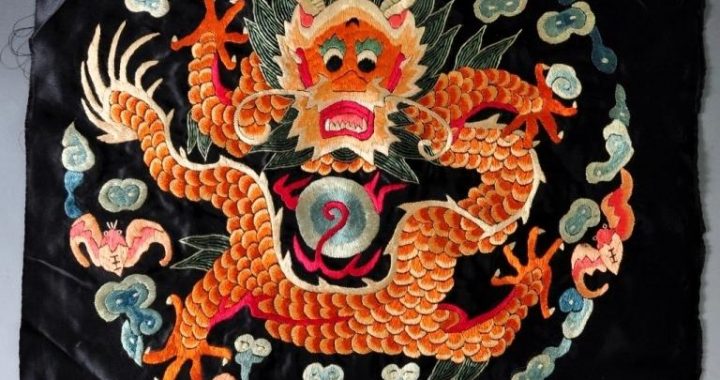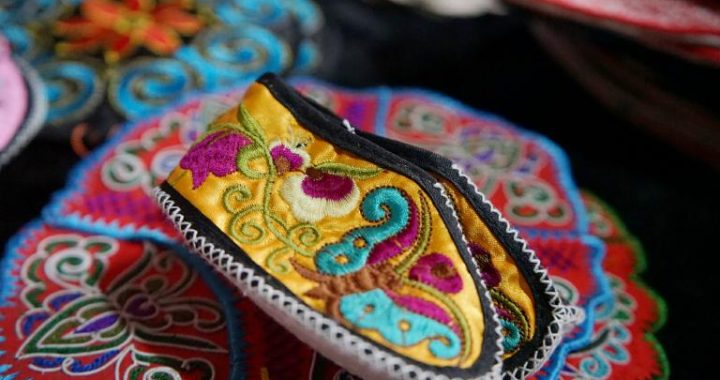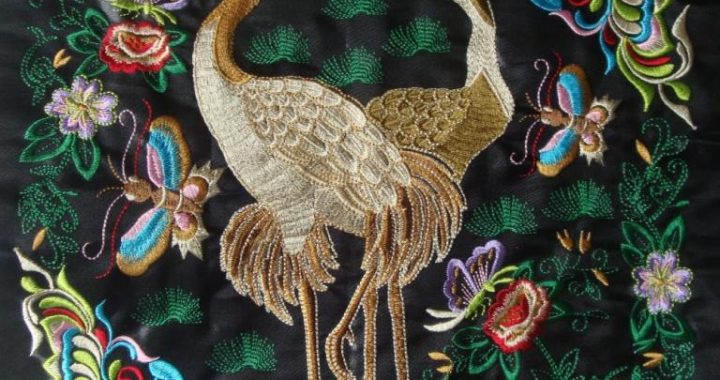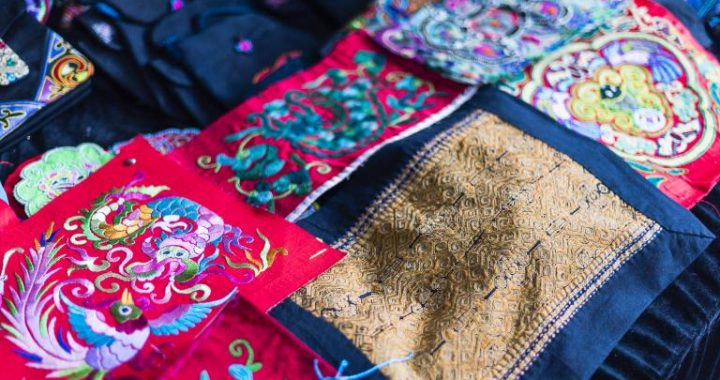Brief Account of the Qing Dress
6 min readFollowing the Yuan dynasty founded by the Mongolian,the Manchu nationality wiped out the Ming dynasty,established the Qing dynasty,and thus became the second unified multi-national feudal nation ruled by a minority in Chinese history.
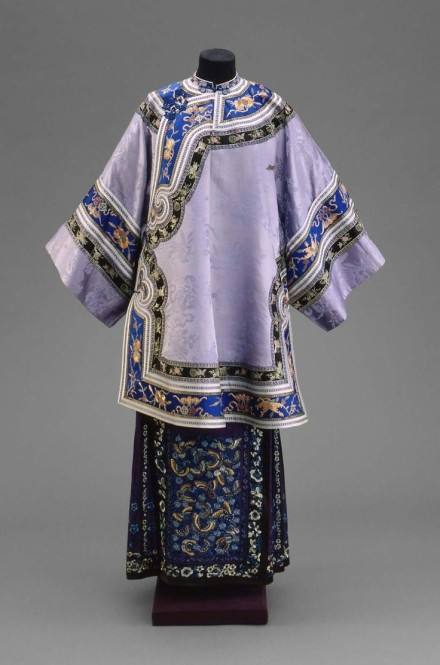
With the development of the economy and technology and the mutual exchanges among different nationalities and between the Chinese and the western cultures,the textile industry in the Qing dynasty had an unprecedented opportunity for development.It became more mature in technology and had a variety of dress materials and flower patterns.The dress in the early Qing dynasty mainly inherited the styles and features of the Ming dynasty;the dress in the mid Qing dynasty absorbed the art essence of the western cultures;by the late Qing dynasty,it pursued for fine and complex decorations and formed a unique dress style.At end of Qing dynasty,China imported some advanced textile machines from Europe;therefore,the manual operation was gradually replaced by mechanized production.China began to export traditional textiles in batches to other countries,which had a positive influence in the international market.Many countries started to know about Chinese dress culture.
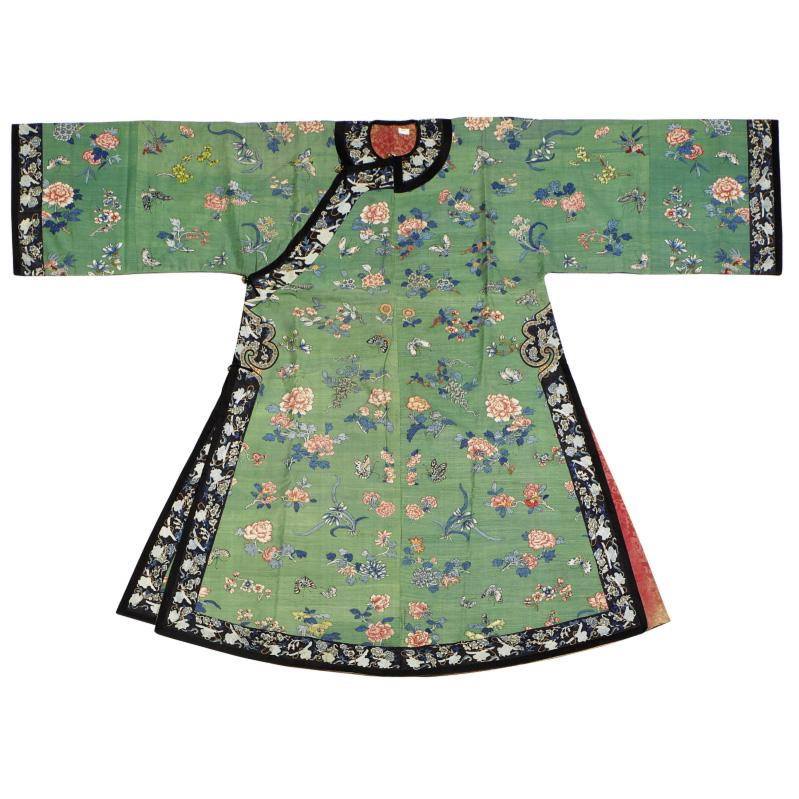
Brief Account of the Qing Dress
The reform of the Qing dress system started from the official dress,and then gradually extended to the ordinary dress.Therefore,step by step the dress culture of the Han nationality was transformed into the dress culture of the Manchu nationality.Since the Qing dynasty,some mandatory dress provisions had been drawn up for the male of the Han nationality.There were definite requirements even on what to wear for males,while the reform of the female dress of the Han nationality was carried out gradually.

In the Qing dynasty,the official dress mainly consisted of long gown and mandarin dress.The style of long gown was simply,with a high neck and a straight clothes body.The front and back parts of the long gown were sewn together.The types of the laps of the jackets were various,such as side vents,four vents and zero vent in the sides of a garment.The long gown with four vents was mainly designed for the royal families of the Qing dynasty.The Manchu nationality was a nomadic nationality in the northeastern China,and thus both men and women,old and young were good at riding and shooting.When they entered Central Plains,some noblemen still preserved the convention of riding and shooting,so they often wore the garment with four vents.The long gown with side vents or with no vent was popular mainly among the commons.
The long gown and the mandarin dress shaped like horseshoe,which style appeared only in the Qing dynasty.In the section of”the Lady Dowager Gives a Feast to Celebrate the Strange Blossoming of the Crab-Apple Trees”of the 94th chapter of the Dream Of Red Mansion,Jia Baoyu had nothing to do after the meal and”had been resting at home,wearing a in fur-lined gown”,but at the sudden news that the old lady was coming,he changed into a fox-fur archer’s jacket and black fox-fur coat.
Here,the”fur-line gown”was a popular casual dress which could not be worn informal occasions.Therefore,since he was going to meet the elders,he must chang the casual dress into formal ones.In the Qing dynasty,the mandarin dress worn outside the long gown with wide and short sleeves,which was not as long as the knee-length.The ornaments on the dress were quite complex.More than 10 ornaments would be hanging in a golden or silver medal,such as an earpick,nipper,toothpick,and some small models of the ancient weapons,such as halberd,gun,etc.In the Qing dynasty,the hanging ornaments had become a fashion.
During the period,the special dresses for men could be divided into ceremonial dress, ordinary dress, traveling dress, etc. The mandarin dress was the most typical traveling dress. The mandarin dress was worn outside the gowns, which was developed from the short riding jacket of the Manchu nationality. Since the reign of theEmperor Kangxi, the mandarin dress had been popular among the noblemen, and wasgradually adopted by army later. There was a variety of mandarin dress, such as unlined, lined, cotton, usually in mineral blue, dark purple, black and other simple colors. The material of bright yarn was not used. In the early Qing dynasty, the main color of the mandarin dress was the azure, and in the reign of the Emperor Qianlong, the purple. By the end of the Qing dynasty, the deep red color (red, bright red) was the most popular. During the reign of the Emperor Qianlong,a kind of fur-edged mandarin dress was made especially for the noblemen. The mandarin dres for officials were stitched a patch in the front and at the back. There is also aspecial type of mandarin dress with buttons down the front, square-shaped sleevesand waist length, was called”deshenggua”(literally means dress of good morality).
While in hunting, the Emperor often awarded those meritorious officials with yellow mandarin dress to show his special favor.
The long gown and mandarin dress were buttoning down in the middle both on the front and the back, and a mineral blue buzi (round buzi was used for the dress of the prince) was embroidered at the front of the chest part to show different grades.
The symbolic motifs embroidered in the buzi and the grade they represented were almost the same with that of the Ming dynasty. The official hats of the Qing dynasty were quite different from that of the previous dynasties. Soldiers, runners in a yamen, and civil and military officials all had to wear weimao(court hat that looks like a bamboo hat but smaller than it). There were two kinds of weimao, for the winter and the summer respectively. Besides, the hats were designed with different tops in different colors and materials. There was a hank of peacock feather(hualing) attached on hat top: These plumes were a special distinction conferred by the emperor. On the feather,a single-eye plume was conferred upon the nobles and officials down to the sixth-grade. The more eyes on the plume, the higher the grade was. Of course, not all officials could wear the peacock feather-only the princes ormeritorious officials were allowed to wear it. Officials above the 5th grade should wear court pearls as a necklace. The court pearls were made of all kinds of jewels and fragrant woods, which were very special to the official dress of the Qing dynasty.
In the Qing dynasty, men usually were in dress with a high collar, the waist and the sleeves were quite narrow and small, and a short jacket or vest over the gown.
In the Qing capital Beijing, the wearing of many landlords and businessmen was quite typical: They wore a Chinese cap, with a long-stemmed pipe in hand and various ornaments hanging around the waist, such as exquisite and beautiful pouches, fan case, perfume (spice) bag, etc. This kind of dress-up was quite popular at that time.
The dress for women of the Han nationality changed a lot in the Qing dynasty. In the early Qing dynasty, the female dress-up of the Ming dynasty was still preserved, and thus the dresses with small sleeves and full-length skirts were quite popular.
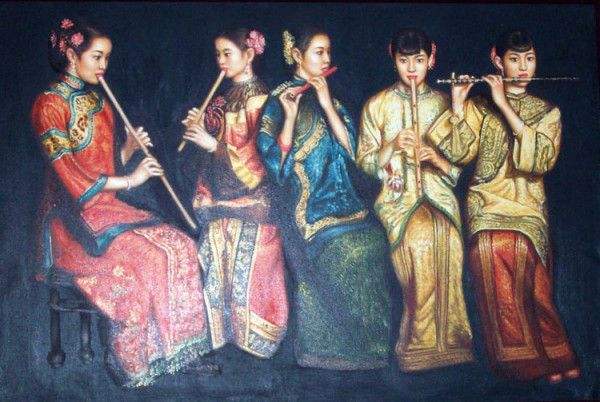
Later, the dress gradually became wider and shorter. The cuff was widened by over one chi(c.1/3 meter), the ornaments such as the shawls were added, which helped to enrich the varieties. By the late Qing dynasty, women in the cities began to wearskirts, which were designed with laces and embroidered with images of the “seven sisters”,”thirteen heroes of the greenwood”etc. These names tended to be the symbols to judge whether the dress was valuable.
In the Qing dynasty, buttons became a must in garment making. The use of buttons among the ordinary people was influenced by the amour clothes of the Qing Eight Banners Troops and the imported commodities as well. Since buttons were used in Manchu attire of the Qing dynasty, the form of collar had altered obviously.A high collar was created, the front of the garment was not exposed, and the inner shirt was also different from that in the past.
